Talk Overview
Following fertilization, the single celled embryo undergoes a number of mitotic divisions to produce a ball of cells called a blastula or blastoderm. Although these cells are all genetically identical, they gradually begin to express different gene products that reflect the regions of the adult body they will form. In my first lecture I discuss how these initial patterns of gene expression arise. In Drosophila, a maternally supplied transcription factor called Bicoid plays a particularly important role. Bcd RNA is anchored at the anterior end of the egg but is only translated after fertilization. From that anterior source, Bcd protein is thought to diffuse through the egg, establishing a concentration gradient that activates different genes at different thresholds.
In my second lecture I describe experiments using EGFP tagged Bicoid to follow Bcd gradient establishment in living embryos, and to test various aspects of the simple model. Despite continuous synthesis of new Bcd protein at the anterior end of the egg, we find that the concentration of Bcd in nuclei at any given point along the anterior posterior axis is constant over time and is reproducible from embryo to the next. This reproducibility means that the gradient is sufficiently robust to provide positional information and thus can accurately direct gene activities. One the other hand, quantitative imaging experiments point to several features of the gradient that are hard to explain – how target genes activated by Bcd distinguish relatively subtle differences in low concentrations, and how Bcd molecules move from the anterior site of their synthesis to the site of their transcriptional activity.
Although Bcd plays an essential role of Drosophila development, it is a recently evolved addition to the higher Dipteran lineage. In the final section of my lecture I will discuss how Bcd has continued to provide robust positional information in higher diptera as specific features such as egg size change during evolution.
Speaker Bio
Eric Wieschaus
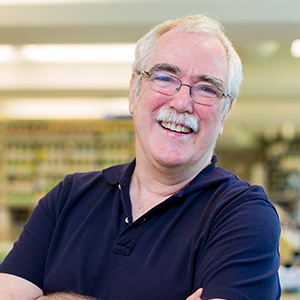
I grew up in Birmingham, Alabama and did my undergraduate work at University of Notre Dame. During my graduate work at Yale University, the professor I was working with (Walter Gehring) decided to return to his home country of Switzerland and I followed him and completed my Ph. D research in Basel, Swizterland. After doing… Continue Reading
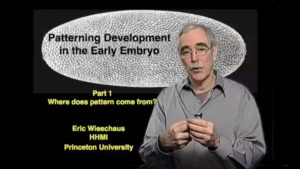
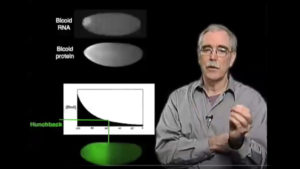
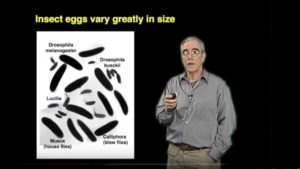

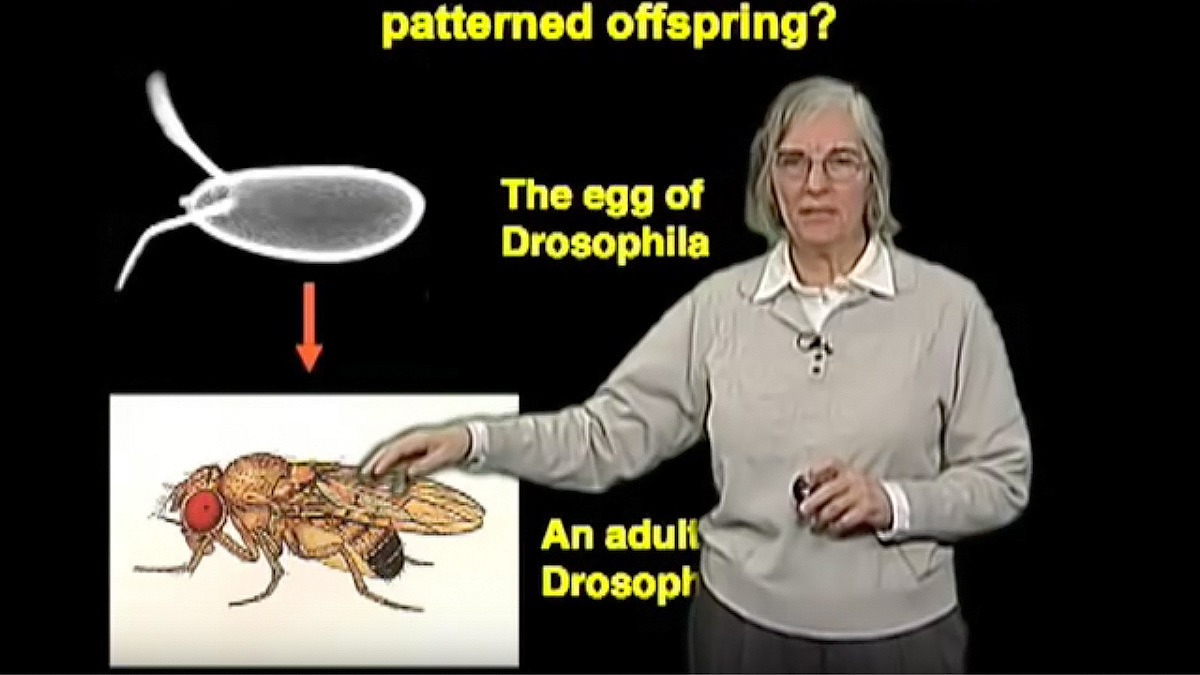
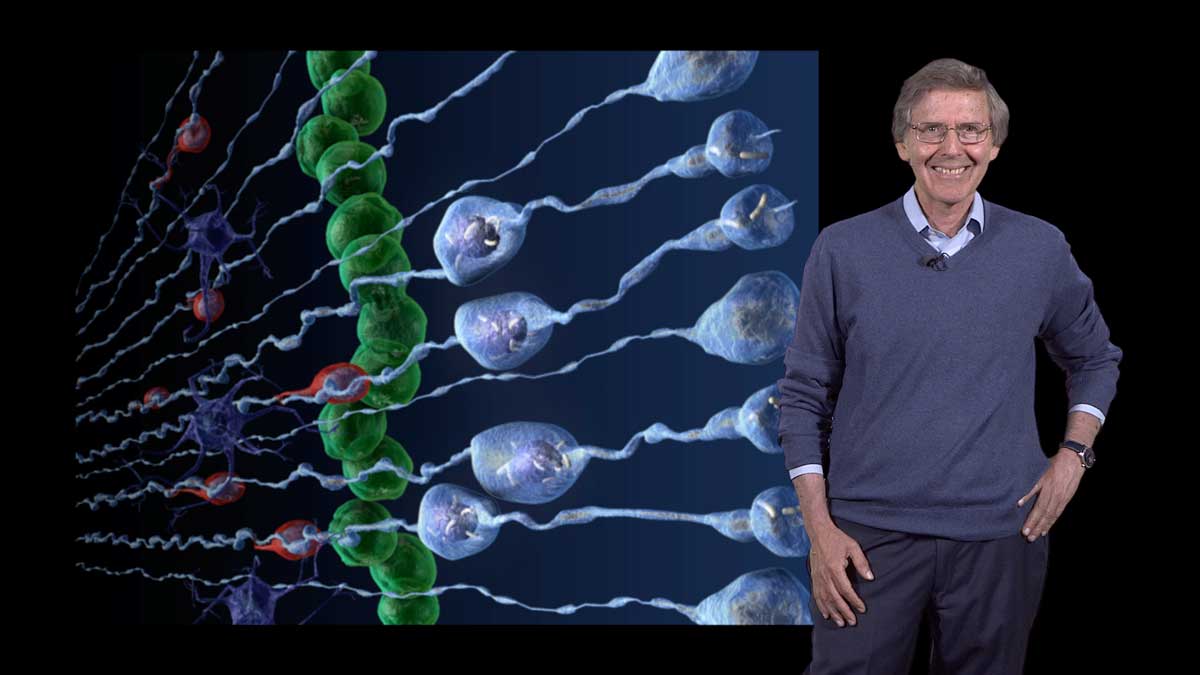
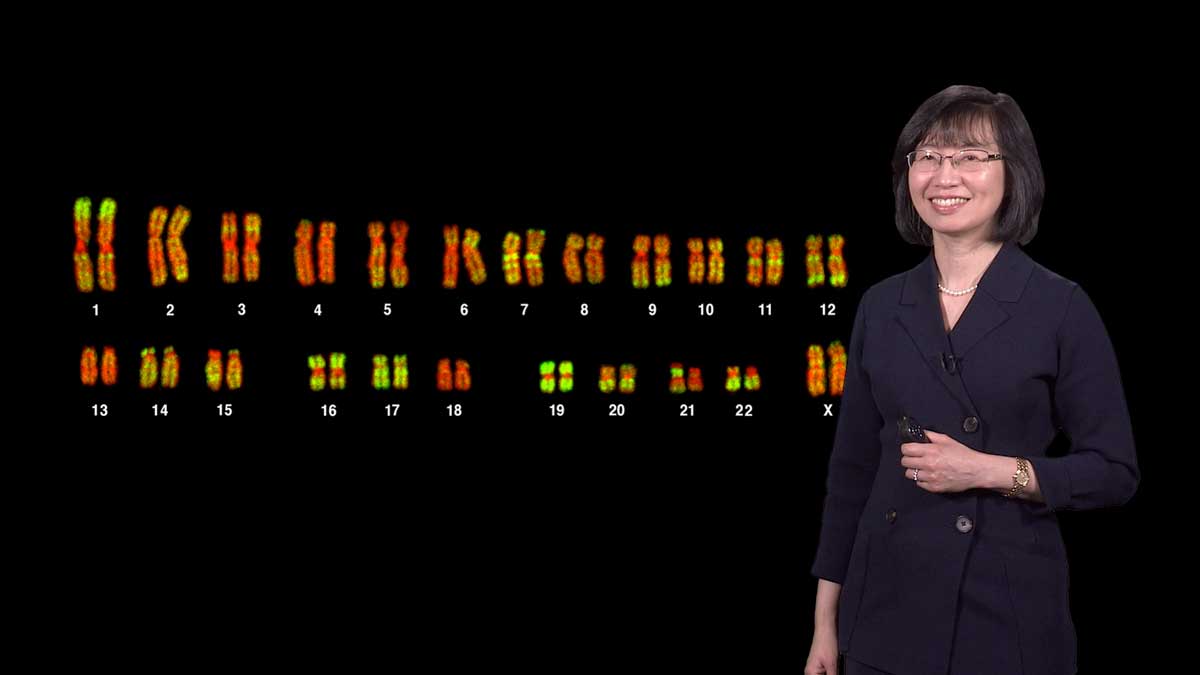





Leave a Reply